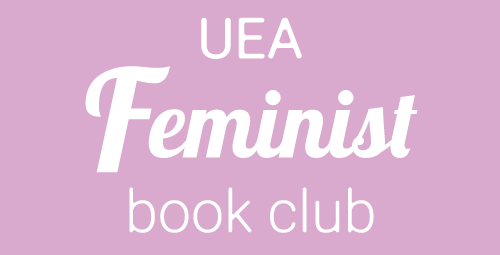I started reading She Used To Be On A Milk Carton expecting it to follow the trend of contemporary feminist poetry popularised by Rupi Kaur and the like. I thought it would, despite probably being a pleasant read in the moment, end up fading in my memory as one of the Instagram poetry/illustration books that I have consistently failed to understand what all the fuss is about. However, I was mistaken: in her debut collection Kailey Tedesco compares puberty to death and suicide, casting a Gothic tone over the coming-of-age genre. Although Whitney Propper’s lino-print artwork featured in the collection is sparse in comparison with the line-drawings that often accompanies poetry of this genre, it benefits from this as this only leads the reader to further admire it’s quality, and does an excellent job of illustrating themes of love, loss and magic.
The majority of the poems in this collection take a look at the major themes, coming of age and death, through various works of fiction and real-life women in history. Tedesco looks at the idea of women being infantilized in Red Riding Hood: “She says don’t call me little, and don’t call me red”. In doing this she gives a voice to a character who exists only to be saved, as a cautionary tale to young woman not to wander astray. She reimagines Red Riding Hood as a capable young woman in charge of her own body and her own future “as she skips past Granny’s & howls into a sap-stained forest of her own.” In this piece as in many others Tedesco lends a voice to the women and girls of history and of fiction who have been portrayed as effeminately pristine, even in death. In the poem The Most Beautiful Suicide inspired by the famous photograph of the corpse of Evelyn McHale, Tedesco immediately shatters the illusion of the beauty of death with the line “I wasn’t there, but the sight of her is ice on my face”. In this opening line, the poet evocates imagery of a corpse, not of a beautiful woman. She goes on to describe her daily rituals, and her wish to destroy herself and her body, “chewed up & brined with asphalt, indistinguishable from plastic bags coated with rain-slime.” Yet this was not the case, and she was immortalised in death, becoming an American icon.
Duality is another theme in She Used To Be On A Milk Carton, although more subtle than those of death and puberty, it is just as dominant, woven throughout the collection. In speaking for women all over the world and time, Tedesco seems to multiply, transforming into all of these young woman, those who are still living, and those who are not. The collection is split into two parts: I. Girl/Shape, and II. Ghost/Body, with certain poems from the second part mirroring ones from the first. Siamese twins are also mentioned several times, namely in I Hear Evil Enter Through The Nothing Of Me, and These Ghosts Of Mine, Siamese, both of which relate to childbearing. I found this to be perhaps one of the book’s most interesting themes, as it re-appropriates the theme of sisterhood that is so dominant in today’s feminist writing, but in a new way that gives a further level if closeness.
This collection contained everything that I love, and so in ways this is a biased review, but what I will say is that if you have any interest in writing on puberty and the Gothic, and a penchant for poetry, then I would highly recommend She Used To Be On A Milk Carton.
Lucy


I really liked your review of it! I just finished the collection and found it confusing, but the further I got into it the more structure the poems had and I got some of what the author was trying to say. The red riding hood poem was my favourite.
LikeLiked by 1 person